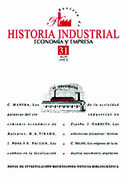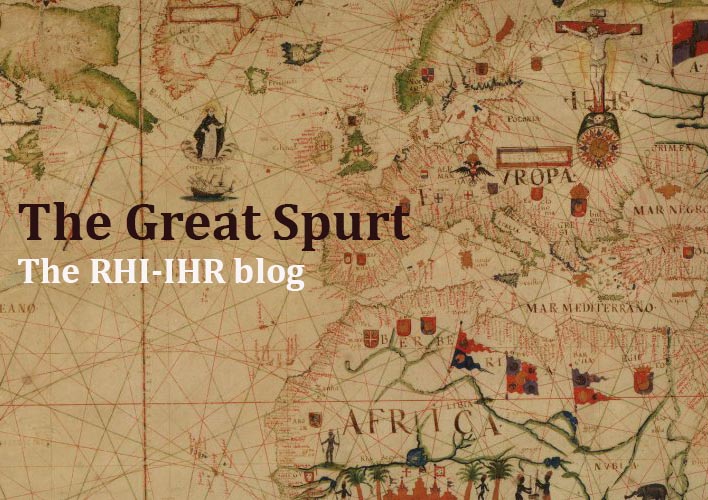Changes in Spanish industrial location, 1850-1936. A study from the New Ecomomic Geography
Keywords:
Localización industrial, Mercado Potencial, Aglomeración, Gradientes salarialesAbstract
In this article we analyze the changes in the specialization and the location of industry in Spain in the period 1850-1936 and we propose a hypothesis on its determinants. The construction of various indicators of the regional productive specialization allows us to verify the growth in the industrial specialization of Spanish regions during the second half of the 19th century, but not in the first third of the 20th century. Furthermore, we show that the large territorial inequalities that accompanied industrial progress in the second half of the 19th century were not reduce in the first third of the 20th century. However, during this second period there was an important change in the specific location of the industry with the relative rise of locations such as Madrid and Zaragoza. Finally, we analyze and propose an explanation to this evidence following the theoretical predictions of the New Economic Geography.Downloads
Downloads
Published
How to Cite
Issue
Section
License
The author assigns all rights to the publisher. Creative Commons
The author who publishes in this journal agrees to the following terms:
- The author assigns all intellectual property rights exclusively to the publisher for the entire duration of the applicable intellectual property rights.
- The publisher will distribute the texts under the Creative Commons Attribution License, which allows others to share the work, provided that they acknowledge the authorship, its initial publication in this journal, and the conditions of the license.





